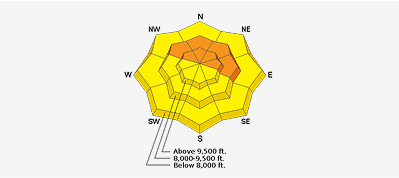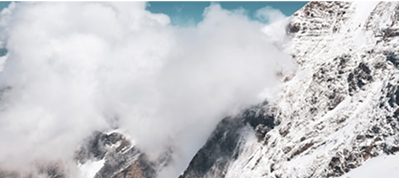Fortunately the sun did not come out until mid afternoon and even down at 8000 feet the snow remained cold and dry. New snow overnight and into the morning hours accumulated to 2 to 3 inches, and it consisted of mixed forms and graupel. This new snow combined with the denser snow that has fallen in the past 72 hours provided an excellent turning base on low and moderate angled slopes. Of note, the rain crust from earlier in the week appeared to be between 8500 and 8700 feet; and in the transitional zone between 8600 and 9000 the overall dampness from this warm and wet event made for a good spongy based up carving surface. From 8600 down, the rain crust has helped riding conditions, and stability immensely. HS from 8600 down is only 45 to 50 cm/18 to 20 inches, yet because it is now frozen and completely supportable, the 2 to 4 inches of new from the past 48 hours has made for great/relatively safe traveling conditions down to the trailheads.






